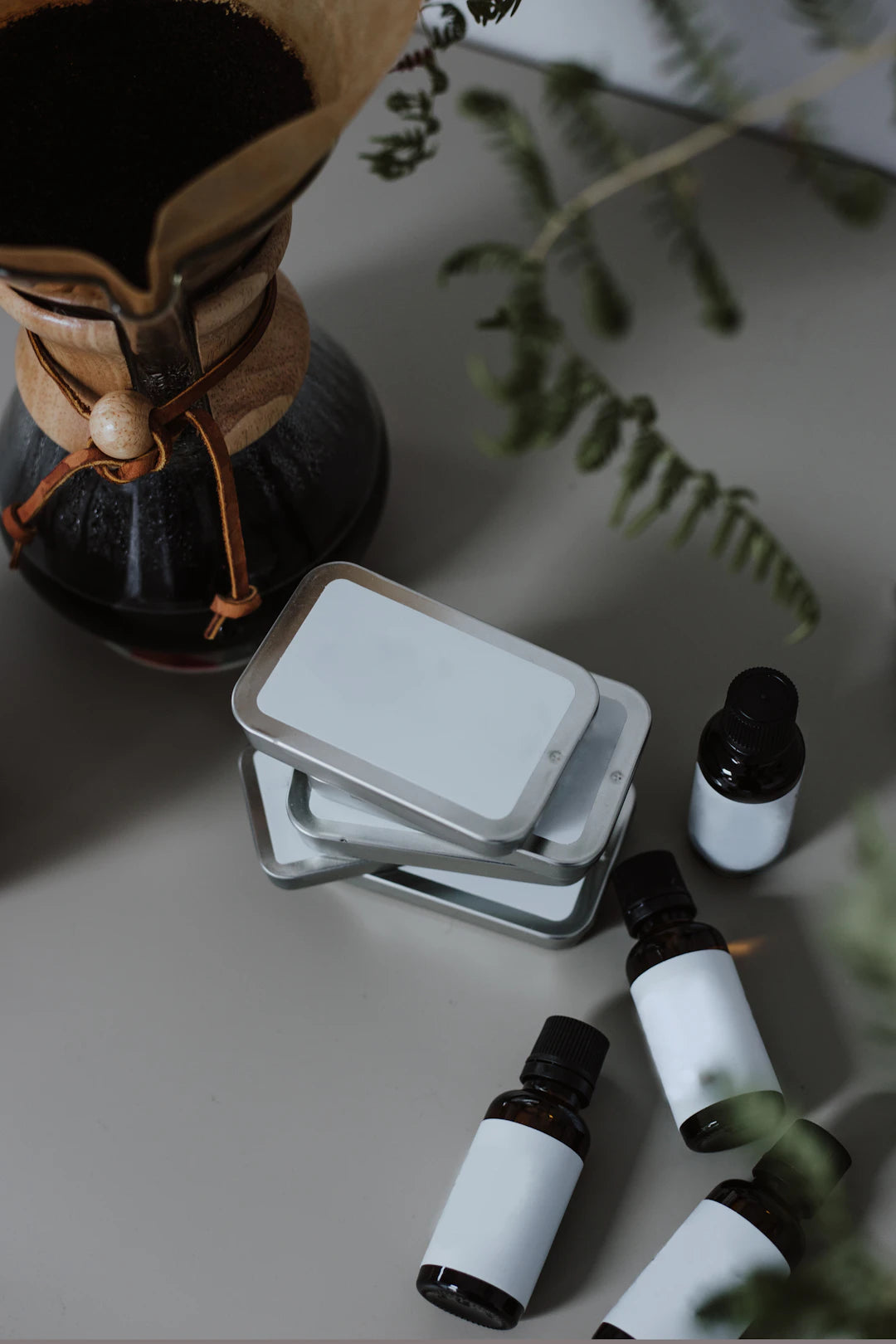
The Economic Benefits of Choosing Non-Toxic Products
Share
In a world where environmental concerns and health issues are increasingly at the forefront of our daily lives, many consumers are turning to non-toxic products. With a focus on “Health is Wealth,” the decision to use non-toxic items extends beyond personal health—it also has significant economic benefits. This article will explore how choosing non-toxic living can not only boost your well-being but also positively impact your finances and the environment.
The Hidden Costs of Toxic Products
When shopping for household goods, many people overlook the financial implications of toxin-laden products. What appears to be a small upfront cost can quickly add up due to health-related expenses. From cleaning supplies to personal care products, toxic chemicals often lead to:
- Increased Medical Bills: Prolonged exposure to harmful substances can result in chronic health issues, leading to high medical costs.
- Loss of Productivity: Illness caused by toxic products can result in absenteeism at work, sabotaging your income.
- Environmental Damage: Contaminating the environment can have long-term economic ramifications for communities, ultimately affecting everyone’s pocket.
By investing in natural products, you can circumvent these hidden costs and promote better health for yourself and your family.
Understanding Non-Toxic Living
Non-toxic living is a lifestyle choice centered around using products free from harmful chemicals. This includes everything from the unscented laundry powder used in your washing machine to the skincare products you apply daily. The benefits of such a lifestyle extend far beyond personal health; they ripple into economic savings as well.
Enhancing Holistic Health
When we adopt a non-toxic lifestyle, we're choosing products that support our overall well-being. Holistic health emphasizes the interconnectedness of mind, body, and spirit, fostering a balanced life. Non-toxic choices reduce stress and anxiety caused by worrying about harmful chemicals and their long-term effects on our health.
Investing in one’s health is also a form of economic protection. Healthier individuals typically have lower healthcare costs and experience fewer interruptions in their work-life balance. With greater productivity and fewer sick days, the overall economic impact of non-toxic living is impressive.
Switching to Non-Toxic Alternatives
Making the switch to non-toxic products is easier than you might think. Here are some practical tips that can help guide your transition:
- Evaluate Current Products: Start by making an inventory of what products you currently use around your home.
- Research Alternatives: Look for reliable brands that offer non-toxic solutions, particularly those promoting sustainable living.
- Be Mindful of Ingredients: Always read labels. Be wary of toxic chemicals commonly found in household products.
- Consider Bulk Purchases: Buying items like unscented laundry powder in bulk can lead to significant savings over time while reducing packaging waste.
The Financial Upsides of Sustainable Living
Sustainable living doesn't just help the planet; it also fosters significant economic benefits:
Cost Savings Over Time
While non-toxic products may have a higher initial purchase price, they often end up being more cost-effective in the long run. This is due to:
- Durability: Many natural products are designed to be more effective and thus require less frequent replacement.
- Health Savings: Investing in better health means fewer doctor’s visits and medical costs associated with chronic ailments caused by harmful chemicals.
Supporting Local Economies
Opting for non-toxic products typically means supporting local artisans and businesses that prioritize sustainability. By choosing to buy natural products made from safe ingredients, you are investing in your community and stimulating local economies.
Navigating the Challenges
Transitioning to a non-toxic lifestyle can be challenging; it often requires changing long-standing habits. However, the benefits far outweigh the initial hurdles. Many consumers may worry about the availability of effective non-toxic products, but the market is rapidly expanding.
Building a Community
Engaging with others who share your values can significantly enhance your experience. Start conversations within your local community or online forums about non-toxic living. Sharing tips and strategies can ease the transition and make it more enjoyable.
Making Non-Toxic Living Affordable
One common misconception about non-toxic products is that they are always expensive. However, several strategies can help you make this lifestyle more affordable:
- DIY Solutions: Consider making your own cleaning and personal care products. Many recipes require inexpensive, natural ingredients commonly found in most kitchens.
- Shop Smart: Look for sales, discounts, or coupon codes when purchasing non-toxic products to maximize savings.
- Buy in Bulk: Stocking up on high-usage items like unscented laundry powder can lower overall costs.
Encouraging Others to Embrace Non-Toxic Living
As you adopt non-toxic products into your lifestyle, consider sharing your journey with friends and family. Educating others about the economic and health benefits instills a sense of community responsibility. By encouraging your loved ones to consider “Health is Wealth,” you create a ripple effect that can lead to broader societal change.
Your Path to Non-Toxic Living
Embarking on a non-toxic lifestyle isn’t just a personal choice; it’s a commitment to enhancing your overall well-being and fostering sustainable living. The financial benefits are substantial, creating a win-win situation for both your health and your wallet. Look for ways to incorporate more natural products into your daily life, from cleaning supplies to personal care items. As your commitment grows, so will your savings.
So why not start today? Explore your options for non-toxic living and transform your everyday purchases into a path toward better health, sustainability, and financial wellness. Choose wisely, and watch both your health and your savings thrive!
